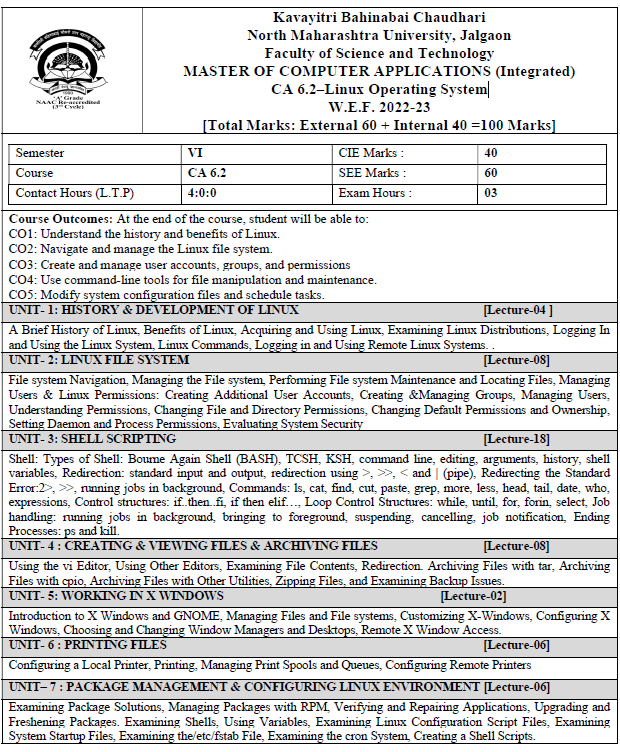TEST
- Manager: Admin User
- Course creator: Punam Mandalik

Institute of Management Research and Development, Shirpur is one of the premiere institutes run by the R.C. Patel Educational Trust, Shirpur. IMRD is situated at the foot of the Satpura ranges and dotted with lush green trees and shrubs allaround it. It has most picturesque and inviting atmosphere. Institute is having tag line "Quality Education for Nourishing Tomorrow's IT and Management Professionals.
The R.C. Patel Educational Trust is existing from 1988. The Institute of Management Research and Development, Shirpur was established in the year 1997 with a vision to pour the quality education up to grass root level. IMRD was set in motion with the introduction of the postgraduate programme Master of Computer Applications (MCA) & Master of Management Studies (MMS). The UG courses are Bachelor in Computer Application (BCA), Bachelor in Business Administration (BBA) & Bachelor in Management Studies (BMS).
In our endeavour to supplement the cause of professional education, we have instituted multi-dimensional courses spread in various fields with its roots established at Shirpur. The Teaching and Non- Teaching Staff of the institute is a blend of senior experienced and young dynamic faculty members devoted to the noble cause of education. Many of our students have obtained top ranks in the university examinations and are in great demand in the industries in India and abroad also. We believe in offering education that is converted to knowledge with high end infrastructure and a pleasant atmosphere.
IMRD is accredited by NAAC with B+ Grade ( 1st Cycle ), Awarded with A Grade by Kavayitri Bahinabai Chaudhari North Maharashtra University, Jalgaon in Academic & Administrative Audit. Also received Best Institute Award by Computer Society of India, Bangalore.
Alumni of IMRD are working in different countries and various multinational companies in metro cities. The students of IMRD always secure top 3 positions in merit list of KBCNMU, Jalgaon in different programmes. Institute provides placements in top IT and Management companies like TCS, Infosys, Wipro, Cognizant etc.
Institute having research centre of computer science and management having 4 guides. 10 faculty members are PhD. awarded and 11 faculty members are pursuing PhD.
Vision
The vision of the institute is to provide quality higher education to the students of rural and tribal area, aspiring to develop a global perspective in Information Technology and Management Education.
Mission
TEST
CO1: Apply HDFS commands to manage file systems in a
distributed environment.
Apply (Level 3)
CO2: Develop Java applications for interacting with HDFS to perform file
operations.
Apply (3)
CO3: Utilize Hadoop's built-in commands for efficient file and directory
management.
Apply (Level 3)
CO4: Design and implement a pipeline of multiple MapReduce jobs for complex
data workflows.
Apply (3)
CO5: Formulate and execute HiveQL queries to retrieve and manipulate data
stored in Hive.
Apply (Level 3)
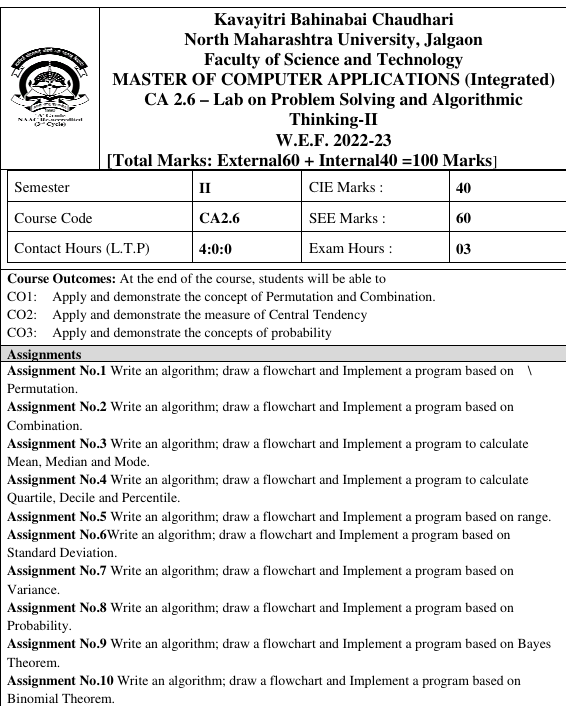
Course Outcomes: At the end of the course, students will be able to
CO1: Apply and demonstrate the concept of Permutation and Combination.
CO2: Apply and demonstrate the measure of Central Tendency
CO3: Apply and demonstrate the concepts of probability

Course Outcomes: After completion of the course, the student will be able to
• Understand how to use JavaScript within the context of web site development and identify its advantages and limitations.
• Identify and recall basic JavaScript syntax elements, such as data types, variables, and operators.
• Analyze the behaviour of functions and dialog boxes in different scenarios to understand their impact on user interaction.
• Apply JavaScript events and objects to create interactive web elements and manage
data effectively.

CO1 : Students will understand the types, nature and purpose of literary forms such as poetry, stories, essays. (BT Level – 2 Understand)
CO2 : Students will simplify / understand the nature of compilation. (BT Level – 4 Analyze)
CO3 : Students will be introduced to adapt the nature and types of cultural activities. (BT Level – 6 Create)
CO4 : Students will identify the nature and purpose of a rally. (BT Level – 3 Apply)
CO5 : Students will understand the importance of various cultural and national days. (BT Level – 5 Evaluate)
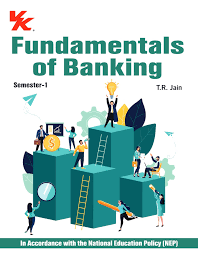
CO1: Students will understand knowledge of fundamentals of Banking.
(BT Level 2 – Understand)
CO2: Students will understand about various banking concepts.
(BT Level 2 – Understand)
CO3: Students will be able to understand functions of a bank.
(BT Level 2 – Understand)
C04: Students will to understand various methods of remittance.
(BT Level 2 – Understand)

Course Outcomes:
1) To introduce the value and philosophy of Indian Constitution among the students.[BT-2]
2) To inform the Indian Institutional working Process.[BT-1 & 2]
3) To make students aware of basic rights and duties to be good citizens of India.[BT-2]

Outcomes of the Course:
After successful completion of this course students will be able to:
1. Identify the essential skills of written communication in English. (Cognitive level 1)
2. Communicate effectively and confidently in written English. (Cognitive level 3)
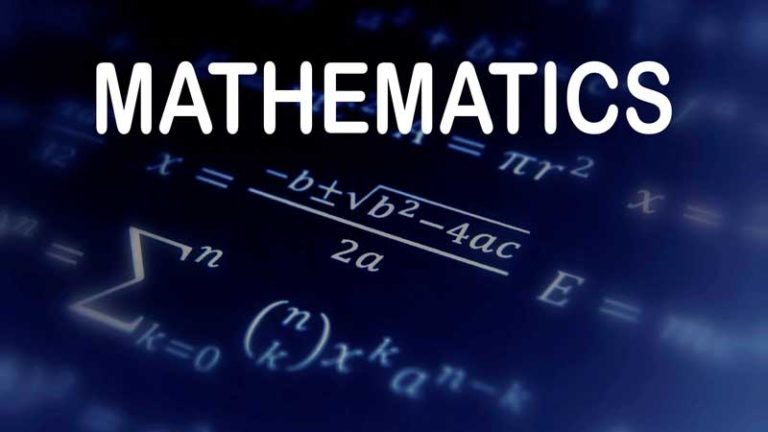
Course Outcomes:
1)Understanding of all terms related to mathematical logic. [BT-2]
2)Understand the types of sets, methods of representation, operations and laws related to it.[BT-2]
3)Ability to solve problems of determinants [BT-3]
4)Ability to solve problems of matrices.[BT-3]

• To illustrate how JavaScript integrates into web development and its advantages and limitations.
• To analyze JavaScript code for correct implementation of conditional statements and loops.
• To Implement JavaScript functions and use dialog boxes to interact with users effectively.
• To develop dynamic web pages using JavaScript events and objects to create a rich, interactive user
experience
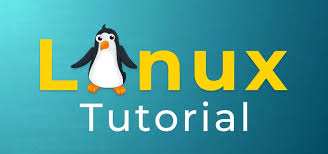
CO3: Implements Linux command and shell scripts
Level: Apply (3)
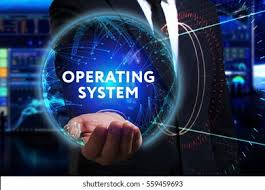
CO1: Understand the abstract views of an operating system from user and system perspectives.
Level: Understand (2), Apply (3)
CO2: Gain a basic understanding of Linux and its architecture.
Level: Apply (3)
CO3: Understand the shell environment and basic commands.
Level: Understand (2), Apply (3)

Course Outcomes: After completion of the course, the student will be able to -
CO1 : Utilize traditional artwork methods alongside modern graphics technology to create diverse design projects. [BT Level - 3]
CO2 : Understand the basic concepts of graphic design and effectively apply these concepts to real-world projects. [BT Level - 2]
CO3 : Develop and present original design projects that demonstrate creative thinking and problem-solving skills, showcasing the ability to integrate design elements into organized visual solutions. [BT Level - 3]
CO4 : Apply graphic design software to create digital illustrations and layouts. [BT Level - 3]

CO1. Constitution of India can be understood with its basic principles.
CO2. Understanding the Constitution and its values and to protect and nurture the ideals of the
framers of the Constitution.
CO3. Information about parliamentary process and judicial system.
CO4. Ensuring knowledge about the various Fundamental Rights and duties and the Directive Principles that are fundamental in the governance of the country.
CO1: Describe the procedural and object-oriented paradigm with concepts of streams, classes, functions, data and objects. (BT 1)
CO2: Understand dynamic memory management techniques using constructors and destructors. (BT 2)
CO3: Apply polymorphism concepts, including function and operator overloading, to enhance the functionality and flexibility of C++ programs. (BT 3)
CO4: Implement file handling operations using stream computations to read from and write to files in C++. (BT 3)

Course Outcomes: After completion of the course, the student will be able to-
CO1: Understand of all terms related to mathematical logic. (BT Level 2- Understand)
CO2: Understand the types of sets, method of representation, operations, and laws related to it. (BT Level 2-Understand)
CO3: Ability to solve problems of determinants. (BT Level 4-Analysis)
CO4: Ability to solve problems of matrices. (BT Level 4-Analysis)
Implements Linux command and shell scripts(Level 3)

Outcomes of the Course:
After successful completion of this course students will be able to:
1. Identify the essential skills of written communication in English. (Cognitive level 1)
2. Communicate effectively and confidently in written English. (Cognitive level 3)
Course Outcomes: After completion of the course, the student will be able to:-
CO1 : Understand the abstract views of an operating system from user and system perspectives(Level 3)
CO2 : Gain a basic understanding of Linux and its architecture.(Level 3)
CO3 : Understand the shell environment and basic commands.(Level 3)

CO1•To illustrate how JavaScript integrates into web development and its advantages and limitations.
CO2• To analyze JavaScript code for correct implementation of conditional statements and loops.
CO3• To Implement JavaScript functions and use dialog boxes to interact with users effectively.
CO4• To develop dynamic web pages using JavaScript events and objects to create a rich, interactive user
experience

CO1 : Utilize traditional artwork methods alongside modern graphics technology to create diverse design projects. (BT Level 3. Utilize )
CO2 : Understand the basic concepts of graphic design and effectively apply these concepts to real-world projects. (BT Level 2. Understand )
CO3 : Develop and present original design projects that demonstrate creative thinking and problem-solving skills, showcasing the ability to integrate design elements into organized visual solutions. (BT Level 3. creative)
CO4 : Apply graphic design software to create digital illustrations and layouts. (BT Level 3. Apply)
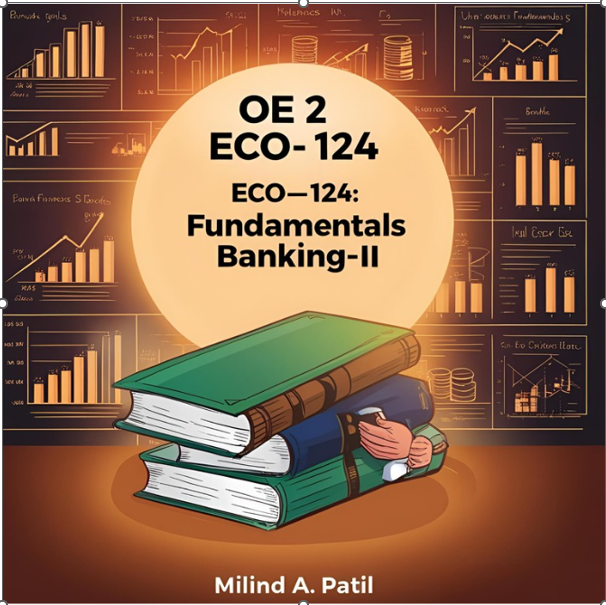
Course Outcomes (COts):
1. Students will understand knowledge of fundamentals of Banking. Understand (Level 2)
2. Students will be able to understand about various banking concepts. Understand (Level 2)
3. Students will be able to understand functions of a bank. Understand (Level 2)
4. Students will be able to understand various methods of remittance Understand (Level 2)

CO1. To train students in programming using object oriented concepts .
CO2. To acquired practical oriented skill set using C++
C03. To Understand the basics Linux command and shell script
Course Outcomes :
After Completion of course student will be able to understand:
1 Students will understand knowledge of fundamentals of Banking. (BT Level -2 Understand)
2 Students will understand about various banking concepts. (BT Level -2 Understand)
3 Students will be able to understand functions of a bank. (BT Level -2 Understand)
4 Students will to understand various methods of remittance.(BT Level -2 Understand)
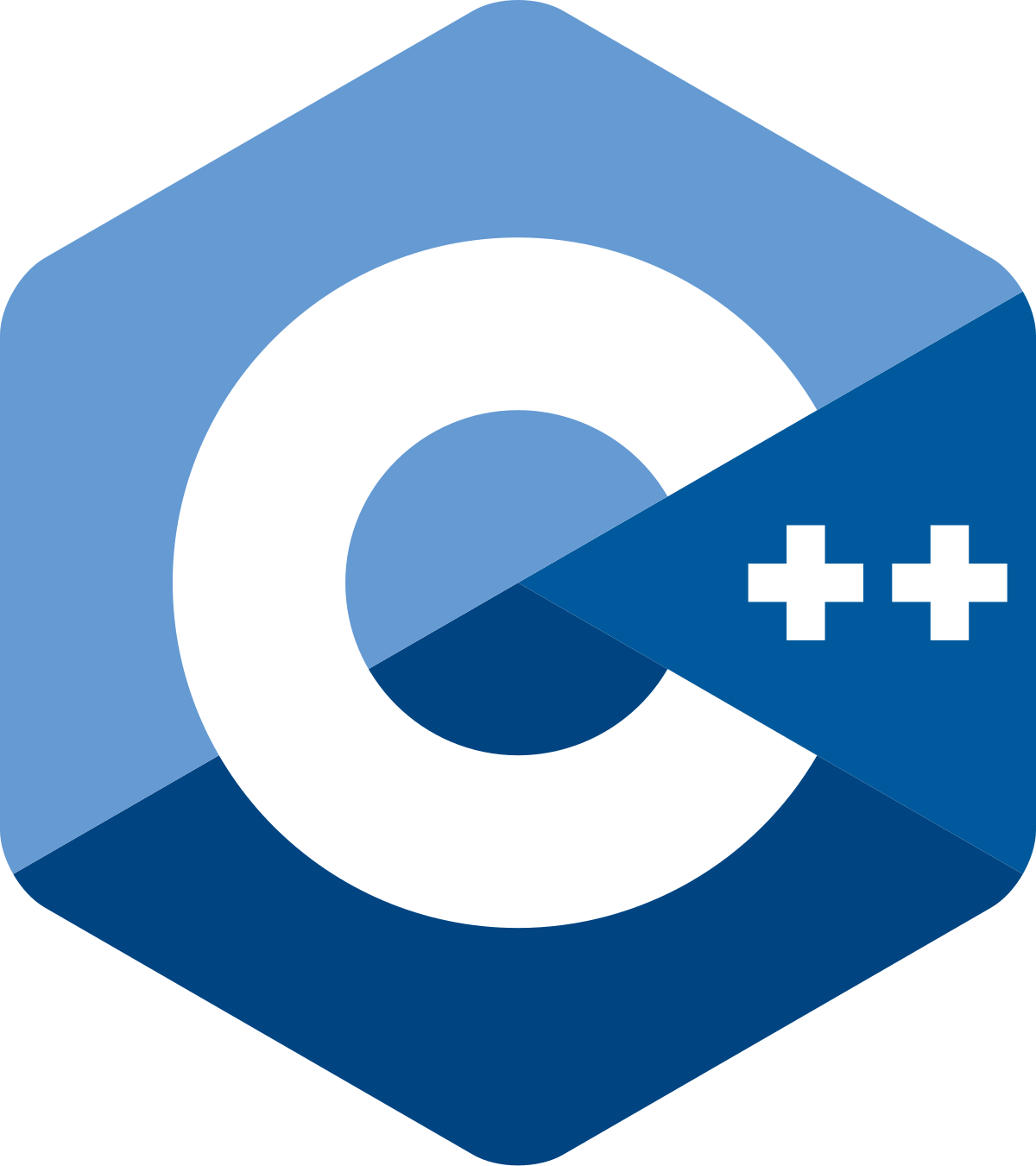
Level:Understand(2),Apply(3)
CO1:Creating simple programs using C++.
Level:Understand(2),Apply(3)
CO2:Solve well defined problems using C++.
Level:Remeber(1),Understand(2)
CO3: Implement Exception handling and file handling using C++.
Level: Understand(2),Apply(3)
CO4: Implements Linux command and shell scripts .

Outcomes of the Course:
After successful completion of this course students will be able to:
1. Identify the essential skills of written communication in English. (Cognitive level 1)
2. Communicate effectively and confidently in written English. (Cognitive level 3)
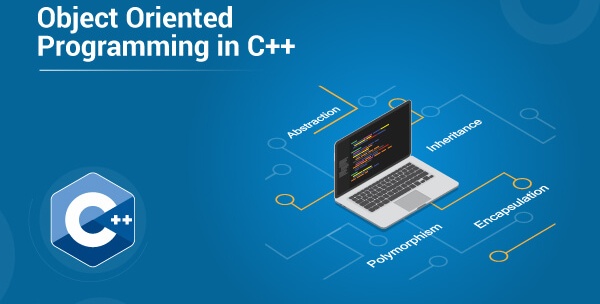
Co1: Describe the procedural and object-oriented paradigm with concepts of streams, classes, functions, data and objects. (Bloom Level 1)
CO2: Understand dynamic memory management techniques using constructors and destructors (Bloom Level 2)
CO3: Apply polymorphism concepts, including function and operator overloading, to enhance the functionality and flexibility of C++ programs. ( Bloom Level 3)
CO4: Implement file handling operations using stream computations to read from and write to files in C++. (Bloom Level 3)
• Understand the abstract views of an operating system from user and system
perspectives.
• Gain a basic understanding of Linux and its architecture.
• Understand the shell environment and basic commands.

Level:Remember(1),Understand(2)
CO:Understanding of all terms related to mathematical logic.
Level:Remember(1),Understand(2)
CO2:Understand the types of sets, method of representation, operations, and laws related to it.(2)
Level:Apply(3),Analyze(4)
CO3:Ability to solve problems of determinants.
Level:Apply(3),Analyze(4)
CO4:Ability to solve problems of matrices.(4)

Course Outcomes: After completion of the course, the student will be able
CO1 : Utilize traditional artwork methods alongside modern graphics technology to create diverse design projects. [BT Level - 3]
CO2 : Understand the basic concepts of graphic design and effectively apply these concepts to real-world projects. [BT Level - 2]
CO3 : Develop and present original design projects that demonstrate creative thinking and problem-solving skills, showcasing the ability to integrate design elements into organized visual solutions. [BT Level - 3]
CO4 : Apply graphic design software to create digital illustrations and layouts. [BT Level - 3]

CO1 : Understand how to use JavaScript within the context of web site development and identify its advantages and limitations. (BT Level 2 Understand)
CO2 : Identify and recall basic JavaScript syntax elements, such as data types, variables, and operators. (BT Level 1 Identify )
CO3 : Analyze the behavior of functions and dialog boxes in different scenarios to understand their impact on user interaction. (BT Level 4 Analyze )
CO4 : Apply JavaScript events and objects to create interactive web elements and manage data effectively. (BT Level 2 Apply )

Course Outcomes
Upon completion of this course, students will be able to:
Understand the fundamentals of emerging technologies such as blockchain, IoT, cloud computing, and AR/VR, understanding their components, functionalities, and underlying principles. (Comprehension - Level 2)
Analyze how these technologies can be applied in various business contexts, enabling students to enhance operations, improve decision-making, and drive innovation. (Analysis - Level 4)
Evaluate the strategic impact of adopting emerging technologies, allowing students to assess challenges, risks, and opportunities to develop competitive strategies. (Evaluation - Level 5)
Develop skills to plan and manage the integration of these technologies into business processes, ensuring alignment with organizational goals and effective change management. (Synthesis - Level 6)
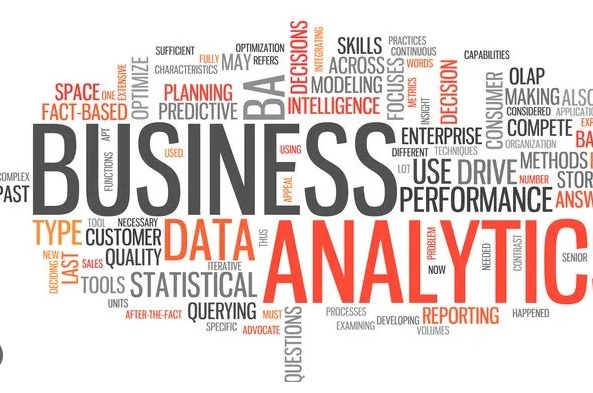
Course Outcome: After completing this Course Students will be able to:
CO1: Understand basics of Business Analytics (BT Level 2 )
CO2: Show functional application of analytics (BT Level 3)
CO3. Utilize appropriate Business Analytics Software (BT Level 3)
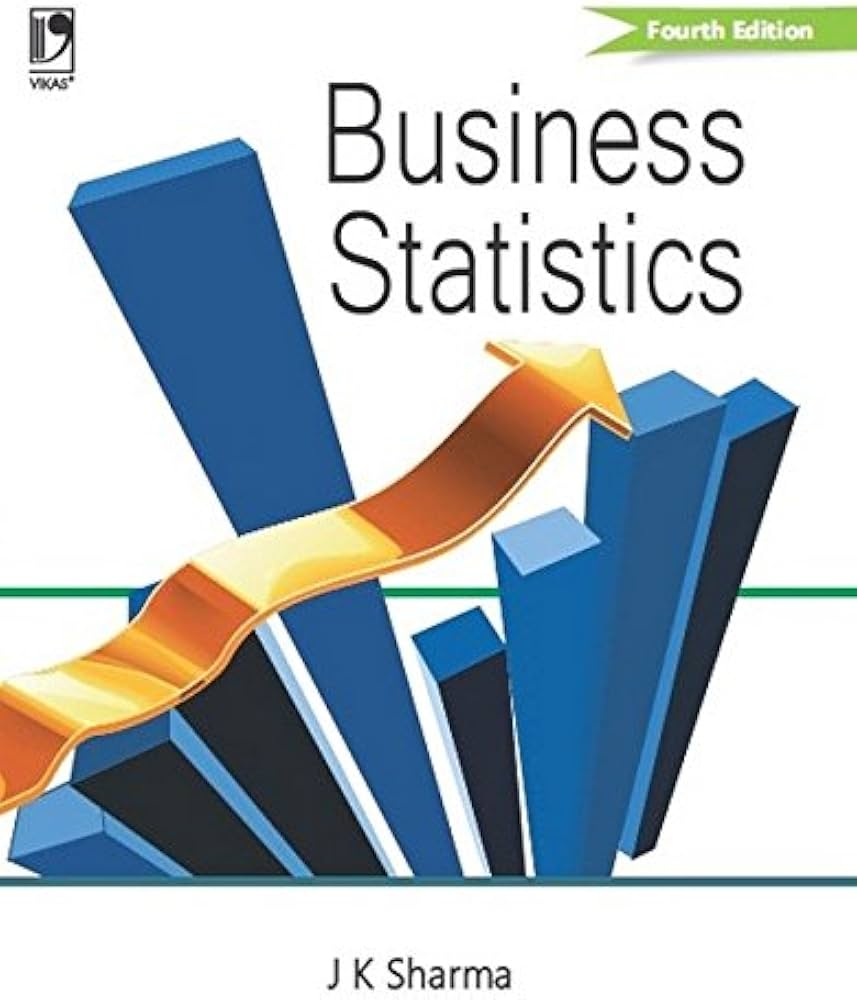
CO 1: Demonstrate data handling skills with clarity and logical reasoning.
(BT Level 2 – Understand)
CO 2: Outline the relevant concepts of Statistics to a given context/business scenario.
(BT Level 2 – Understand)
CO 3: Organize business data and conduct statistical treatment.
(BT Level 3 – Apply)
CO 4: Evaluate and interpret data using appropriate statistical techniques.
(BT Level 5 – Evaluate)
CO 5: Explain data trends using appropriate statistical models.
(BT Level 2 – Understand)
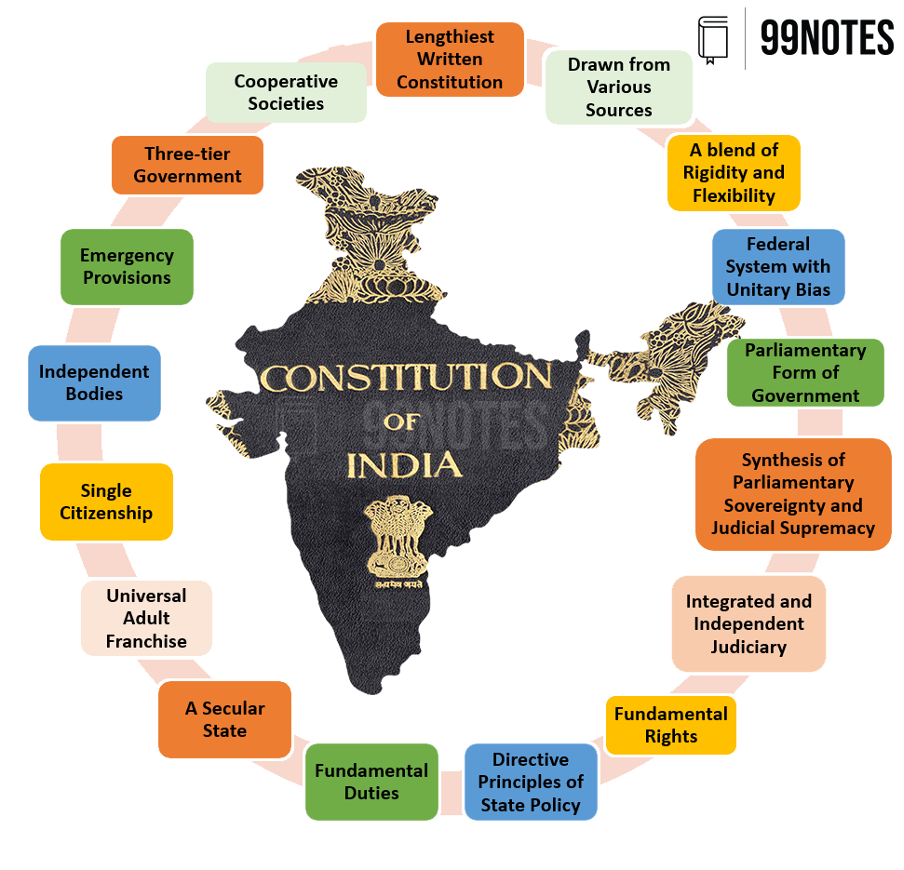
CO1: Students of the BBA program get equipped with a knowledge of the Indian Constitution, particularly from the perspective of economic governance and business. (Knowledge/Remembering (Level 1))
CO2: They begin to develop a nuanced analytical framework about ongoing
constitutional debates and battles which affect the domain of business. (Analysis (Level 4))
CO3: Developing a sense of how questions of economic growth have to be balanced with other constitutional commitments, including social and economic justice. (Evaluation (Level 5))
After Completion of course student will be able to understand:
CO1 : Describe individual and group behaviour in organizational settings. (BT Level -1 Remember)
CO2 : Demonstrate theoretical knowledge of human behaviour in human life setting in management.(BT Level -2 Understand)
CO3 : Judge the lacunae in the system to be able to improve the organization health and other OB outcomes. (BT Level -5 Evaluate)
CO4 : Formulate a more productive system and high-performance work culture operating on the principles of OB.(BT Level -6 Create)

Course Outcomes:
After completing this Course Students will be able to:
CO 1. Recall major laws and regulations and legal principles that guide business
conduct.
CO 2. Analyse case studies to identify legal challenges within business operations.
CO 3. Evaluate the effectiveness of existing legal frameworks in governing business practices

Course Outcomes:
On having completed this course student should be able to:
1. Interpret the relevant theories of cost accounting and prepare Cost sheet and quotations.
2. Maintain the material accounting and stores ledgers.
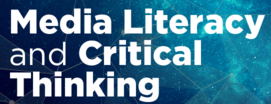
Course Outcomes: On having completed this course student should be able to:
CO1: Demonstrate proficiency in analyzing media texts and identifying implicit messages and ideologies. Level: Analyze (4)
CO2: Apply media literacy principles to make informed decisions about media consumption and production. Level: Apply (3)
CO3: Understand the complexities of media production, distribution, and audience behavior. Level: Understand (2)
CO4: Adhere to ethical standards in media content creation and consumption. Level: Evaluate (5)
CO5: Promote responsible digital citizenship by navigating online information critically and combating misinformation. Level: Create (6)

1. Interpret the relevant theories of cost accounting and prepare Cost sheet and quotations. Cognitive Level: Analysis (Level 4) and Application (Level 3)
2. Maintain the material accounting and stores ledgers. what will ne cognitive level as per blooms taxonomy. Cognitive Level: Application (Level 3) and Synthesis (Level 5)

Course Outcomes: On having completed this course student should be able to:
CO1: Demonstrate proficiency in analyzing media texts and identifying implicit messages and ideologies. Level: Analyze (4)
CO2: Apply media literacy principles to make informed decisions about media consumption and production. Level: Apply (3)
CO3: Understand the complexities of media production, distribution, and audience behavior. Level: Understand (2)
CO4: Adhere to ethical standards in media content creation and consumption. Level: Evaluate (5)
CO5: Promote responsible digital citizenship by navigating online information critically and combating misinformation. Level: Create (6)

Course Outcome: After completing this Course Students will be able to:
CO1: Understand basics of Business Analytics (BT Level 2 )
CO2: Show functional application of analytics (BT Level 3)
CO3. Utilize appropriate Business Analytics Software (BT Level 3)

1 Demonstrate data handling skills with clarity and logical reasoning.
2 Outline relevant concepts of Statistics to a given context/business scenario
3 Organize business data and conduct statistical treatment.
4 Evaluate and interpret data using appropriate statistical techniques.
5 Explain data trends using appropriate statistical models
After Completion of course student will be able to understand:
CO1. Recall major laws and regulations and legal principles that guide business conduct. (BT Level 1 – Remember)
CO2. Analyse case studies to identify legal challenges within business operations. (BT Level -3 Apply)
CO3. Evaluate the effectiveness of existing legal frameworks in governing business practices. (BT Level 5 – Apply)

CO1: Describe individual and group behaviour in organizational settings. (BT Level 1 - Remember)
CO2: Demonstrate theoretical knowledge of human behaviour in human life setting in management. (BT Level 2 - Understand)
CO3: Judge the lacunae in the system to be able to improve the organization health and other OB outcomes. (BT Level 5 – Evaluate)
CO4: Formulate a more productive system and high-performance work culture operating on the principles of OB. (BT Level 6 - Create)

Course Outcomes:
On having completed this course student should be able to:
CO 1. Students of the BBA program get equipped with a knowledge of the Indian Constitution, particularly from the perspective of economic governance and business. (Knowledge/Remembering (Level 1))
CO 2. They begin to develop a nuanced analytical framework about ongoing
constitutional debates and battles which affect the domain of business. (Analysis (Level 4))
CO 3. Developing a sense of how questions of economic growth have to be balanced with other constitutional commitments, including social and economic justice. (Evaluation (Level 5))
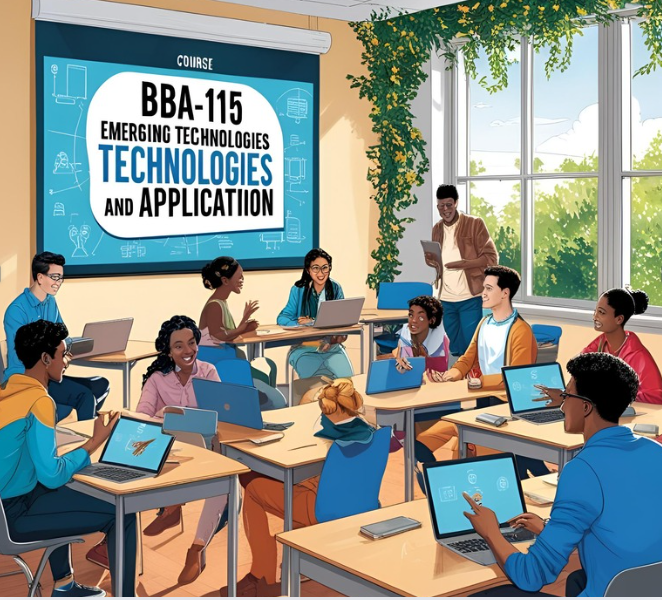
Course Outcomes
After completing this Course Students will be able to:
1. Students will understand foundational knowledge of emerging technologies such as blockchain, IoT, cloud computing, AR/VR, etc., comprehending their principles, components, and functionalities. Understand (Comprehension - Level 2)
2. Students will analyze the practical applications of these technologies in various business contexts, evaluating how they can optimize operations, enhance decision-making, and drive innovation. Analyze (Analysis - Level 4)
3. Students will evaluate the strategic implications of adopting emerging
technologies, including potential challenges, risks, and opportunities, to formulate informed strategies for competitive advantage. Evaluate (Evaluation - Level 5)
4. Students will develop skills to plan and manage the integration of emerging technologies into business processes, ensuring alignment with organizational goals and effective change management. Create (Synthesis - Level 6)

Course Outcomes: After completion of the course, the student will be able to
1. Understand the basics of Business Start-ups
2. Acquire business skills for successful startup
3. Explore about the government and educational institutes initiatives in promoting entrepreneurship.
4. Identify about the various sources of finance for a new venture
5. Develop innovative ideas for start-up enterprise

CO1: Understanding of all terms related to mathematical logic. (BT Level 2-Understanding)
CO2: Ability to know the types of sets, method of representation,
operations, and laws related to it. (BT Level 3-Applying)
CO3: Understanding the concepts of simple and compound interests and
ability to solve problems of annuity, future and present value of
annuity. (BT Level 2-Understanding)
CO4: Understand the basic concepts of Statistics. (BT Level 2-Understanding)
CO5: Analyze statistical data using measures of central tendency. (BT Level 4-Analyzing)
CO6: Analyze statistical data using measures of dispersion.(BT Level 4-Analyzing)

Course Outcomes:
Upon completion of this course, students will be able to -
1) Understand the basics of emerging technologies like blockchain, IoT, cloud computing, and AR/VR, including their key concepts, parts, and how they work. (Comprehension - Level 2)
2) Assess the concepts of emerging technologies, helping students understand their principles, uses, and effects on different industries. (Analysis - Level 4)
3) Determine the importance of adopting emerging technologies by assessing their benefits, challenges, and impact on businesses. (Evaluation - Level 5)
4) Enhance the skills to plan and manage the use of emerging technologies in business, ensuring smooth implementation and alignment with company goals. (Synthesis - Level 6)

CO1: Use basic Excel functions and formulas to perform routine calculations and data analysis (BT Level 3. understand )
CO2: Apply basic data analysis techniques to interpret and present data effectively. (BT Level 3. understand )
CO3 : Create and customize various types of charts and graphs to visually represent data. (BT Level 6. analyze)
CO4: Create and customize Pivot Tables to summarize and analyze large volumes of data, making it easier to extract actionable insights. (BT Level 6. analyze)
CO5: Change Sparkline types and data ranges to fit different analytical needs and formats. (BT Level 3. understand )
After Completion of course student will be able to understand:
CO -1-Identify the basic concepts of the Business Economics. (BT Level -2 Remember)
CO-2- Understand the roles and responsibilities of managerial economist in business scenario.(BT Level -2 Understand)
CO-3- Understand the concepts of demand analysis and supply analysis. (BT Level -2 Understand)
CO-4- Determine the concept of the market and market structures (BT Level -3 Apply)
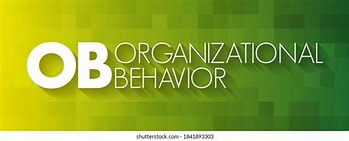
Course Outcomes: After completion of the course, the student will be able to
CO1: Describe the basics of the key concepts and approaches of Organizational Behavior. (BT Level 1)
CO2: Understanding of individual and group behavior within organizations to identify factors that influence workplace dynamics.(BT Level 2)
CO3: Applying motivational theories to real-world organizational settings to enhance employee motivation and satisfaction. (BT Level 3)
CO4: Analyzing various leadership styles and strategies to determine their effectiveness in different organizational contexts.(BT Level 4)

Course Outcomes:
• Constitution of India can be understood with its basic principles. Understand (Level 2)
• Understanding the Constitution and its values and to protect and nurture the ideals of the framers of the Constitution. Analyze (Level 4)
• Information about parliamentary process and judicial system. Understand (Level 2)
• Ensuring knowledge about the various Fundamental Rights and duties and the Directive Principles that are fundamental in the governance of the country. Analyze (Level 4)

Course Outcomes: After completion of the course, the student will be able
to
• Demonstrate an understanding of advanced business communication strategies.
• Create structured business reports and proposals.
• Apply negotiation and conflict resolution skills in business scenarios.
• Exhibit effective cross-cultural communication skills.
• Improve interpersonal communication skills in professional settings.
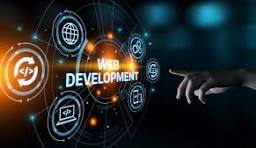
CO1: Design the web Pages using HTML / HTML 5 Tags.
CO2: Use Hyperlink, Tables in web page.
CO3: Use CSS to apply effect to webpage text / Controls.

Course Outcomes: At the end of the course, students will be able to
CO1: Describe the fundamental organization of a computer system.
CO2: Understand the basics of instructions sets and their impact on processor design.
CO3: Perform computer arithmetic operations and control unit operations.
CO4: Understanding of the addressing modes, instruction formats and program control statements.
CO5: Measure the performance of CPU, memory and I/O operations.

CO1: Design the web Pages using HTML / HTML 5 Tags.
CO2: Use Hyperlink, Tables in web page.
CO3: Use CSS to apply effect to webpage text / Controls.
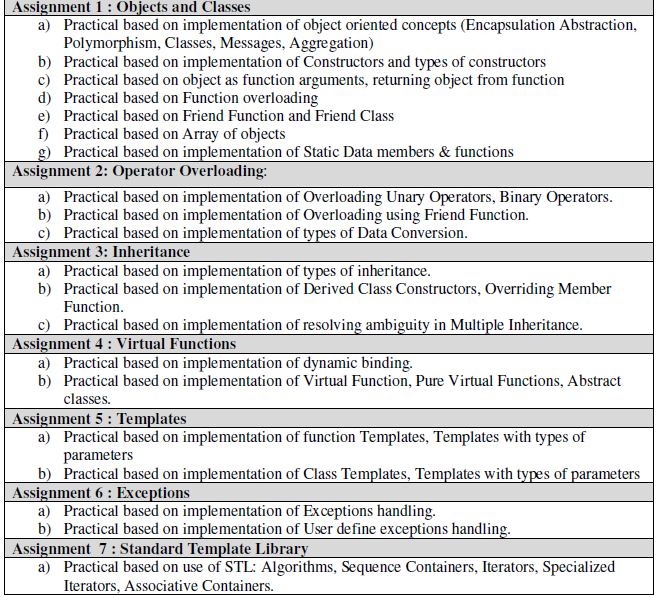
CO1: To describe the advantages of a high level language like C++, the programming process,
and the compilation process.
CO2: To describe and use software tools in the programming process.
CO3: To apply good programming principles to the design and implementation of C++ programs.
CO4: To design, implement, debug and test programs using the fundamental elements of C++.
CO5: To demonstrate an understanding of primitive data types, values, operators and expressions
in C++.
Course Outcomes: At the end of the course, students will be able to
CO1: Solve applications involving permutations and combinations.
CO2: Analyze statistical data using measures of central tendency, dispersion and location.
CO3: Organize, manage and present data using statistics.
CO4: Develop and apply problem-solving techniques needed to accurately calculate probabilities
CO5: Provide the students with a fundamental understanding of probabilistic methods
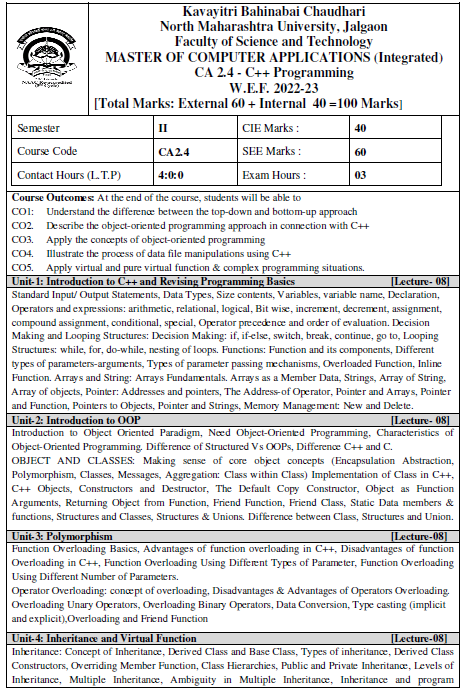
CO1: Understand the difference between the top-down and bottom-up approach
CO2. Describe the object-oriented programming approach in connection with C++
CO3. Apply the concepts of object-oriented programming
CO4. Illustrate the process of data file manipulations using C++
CO5. Apply virtual and pure virtual function & complex programming situations.
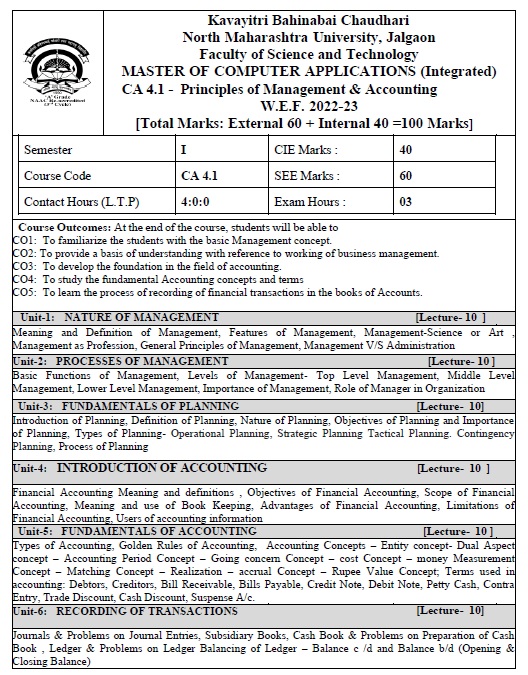
Course Outcomes: At the end of the course, students will be able to
CO1: To familiarize the students with the basic Management concept.
CO2: To provide a basis of understanding with reference to working of business management.
CO3: To develop the foundation in the field of accounting.
CO4: To study the fundamental Accounting concepts and terms
CO5: To learn the process of recording of financial transactions in the books of Accounts.

JobQuest is a comprehensive skill development program designed to equip students with the essential skills required for campus placements and career success. This course focuses on communication, technical proficiency, interview preparation, and professional growth to enhance employability. Through interactive learning, real-world case studies, and industry insights, students will gain a competitive edge in the job market.
Course Objectives:
To develop communication and interpersonal skills for professional success.
To enhance technical competencies relevant to various industries.
To prepare students for aptitude tests, group discussions, and interviews.
To build a strong professional presence through resume writing and LinkedIn optimization.
To provide hands-on experience through mock interviews and real-world problem-solving exercises.
To introduce industry expectations and corporate culture for a seamless transition into the workplace.
To foster an entrepreneurial mindset and career planning strategies for long-term success.

CO1: Explain the evolution, characteristics, service models, and deployment models of cloud computing, analysing its benefits, challenges, and architecture through real-world applications.
CO2: Describe data centers, cloud infrastructure, virtualization, cloud storage, networking, security, and disaster recovery in the cloud.
CO3: Compare major cloud service platforms, develop cloud-native applications, and implement micro services, containers, server less computing, cloud databases, and Dev Ops practices.
CO4: Apply cloud resource management, auto-scaling, load balancing, monitoring, cost optimization, performance tuning, SLA management, and multi-cloud strategies.
CO5: Understand and explore emerging trends like edge computing, IoT, AI, machine learning, block chain, quantum computing, green cloud practices, and future innovations in cloud computing.

Course Outcomes: At the end of the course, students will be able to-
Cognitive Level (As Per Blooms Taxonomy)
CO1: Recognize the characteristics, applications of big data that make it useful to real world problems.
Remember (1)
CO2: Discuss the challenges and their solutions in Big Data
Understand (2)
CO3: Understand and work on Hadoop Framework and eco systems.
Understand(2)
CO4: Explain and analyze the Big Data using Map-reduce programming in Hadoop
Understand (2)
CO1: Understand and Utilize DML (Data Manipulation Language) and DDL
commands to create and maintain tables.
CO2: Develop a relational database schema for a given scenario, including tables, relationships, and constraints.
CO3: Utilize the DML/DDL commands and programming PL/SQL including stored procedures, stored functions, cursors, views and Triggers for modify data.
CO4: Execute nested queries and perform various types of JOIN operations to retrieve and combine data from multiple tables.
CO5: Establish database connectivity and perform operations using front-end tools.
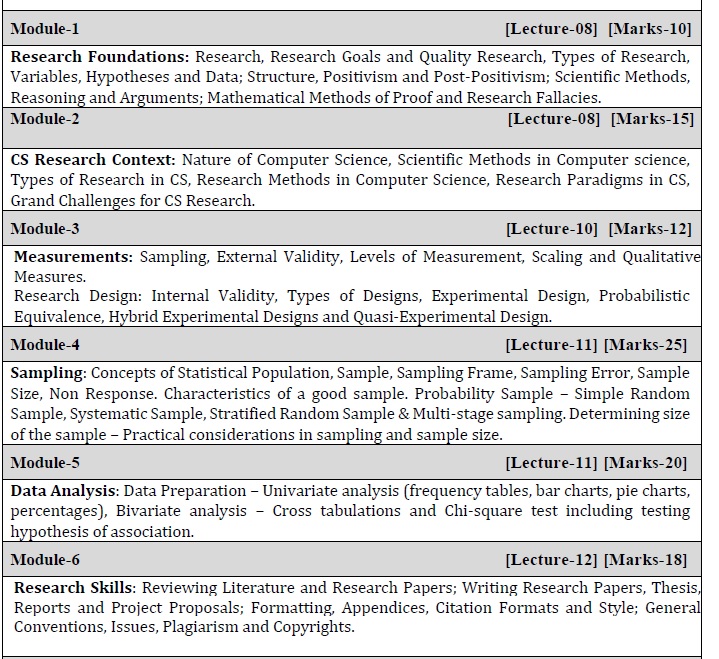
Course Outcomes : After completion of this course students shall be able to-
Cognitive Level (As Per Blooms Taxonomy)
CO1: Understand the basic concepts of research and its methodologies, identify appropriate research topics, select and define appropriate research problem and parameters
Remember(1)
CO2: Prepare a research proposal.
Understand (2)
CO3: Organize and conduct research in a more appropriate manner, writing research report and thesis.
Apply(3)
CO4: Carry out sampling and data analysis
Apply(3)

CO1: Understand fundamental concepts of data science and machine learning.-Understand (2)
CO2: Apply machine learning algorithms to solve practical problems using appropriate libraries and frameworks.-Apply (3)
CO3: Utilize big data technologies to process and analyze large datasets.-Apply (3),Analyze(4)
CO4: Analyze advanced machine learning techniques and frameworks.-Analyze(4)
CO5: Develop and implement advanced data science techniques, including time series analysis, natural language processing, and reinforcement learning.-Create (6),Apply (3)
Course Outcomes: At the end of the course, students will be able to-
Cognitive Level (As Per Blooms Taxonomy)
CO1: Explore the fundamental concepts of data science & Machine Learning-Understand (2)
CO2: Understand data analysis techniques for applications handling large data.-Understand (2),Analyze (4)
CO3.Understand various machine learning algorithms used in data science process-Understand (2)
CO4.Visualize and present the inference using various tools.-Apply(3)
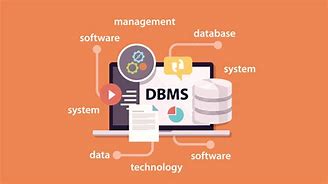
Course Outcomes:
CO1: Understand the fundamental concepts and terminology associated with database systems, including architecture, design, and various models-
Understand (2)
CO2: Explain the fundamental concepts of Entity-Relationship (ER) modeling and its purpose in database design-Understand (2)
CO3: Apply the relational model, specify integrity constraints, and explain how to create a relational database using an ER diagram and normalization techniques. -Apply (3)
CO4: Use knowledge to implement and manipulate database schemas, perform SQL queries, and manage transactions and concurrency control. -
Apply (3)
CO5: Determine partitioning and distribution of data across networked nodes of a DBMS and data optimization in a distributed environment. - Analyze (4)

CO1: Recognize the characteristics, applications of big data that make it
useful to real world problems.
CO2: Discuss the challenges and their solutions in Big Data
CO3: Understand and work on Hadoop Framework and eco systems.
CO4: Explain and analyze the Big Data using Map-reduce programming in
Hadoop
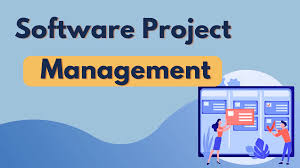
CO1: Understand the activities during the project scheduling of any software
application. Understand (2)
CO2: Understand about risk management activities and the resource allocation for the
projects Understand (2)
CO3: Acquire knowledge and skills needed for the construction of highly reliable software project Apply (3)
CO4: Apply different techniques of project monitoring, control and review. Apply (3)
CO5: Explain various project management scheduling techniques.
Analyze (4)

Course Outcomes :
CO1: Understand and implement the supervised learning algorithms.
Cognitive Level :Understand (2),Apply (3)
CO2: Analyze and apply the machine learning concepts for different problems.
Cognitive Level :Apply (3),Analyze (4)
CO3: Apply the clustering algorithms for various problems.
Cognitive Level :Apply (3)
CO4: Evaluate and test the performance of the learning algorithms.
Cognitive Level: Evaluate (5)
CO5: Design and create a learning model for real time applications.
Cognitive Level: Create (6)

Course Outcomes : (As Per Blooms Taxonomy)
CO1: Understand and implement the supervised learning algorithms.
Level: Understand (2) , Apply (3)
CO2: Analyze and apply the machine learning concepts for different problems.
Level:Apply (3),Analyze (4)
CO3: Apply the clustering algorithms for various problems.
Level:Apply (3)
CO4: Evaluate and test the performance of the learning algorithms.
Level:Evaluate (5)
CO5: Design and create a learning model for real time applications.
Level:Create (6)

Course Objectives:
1. Study configurations of cloud infrastructure.
2. Analyze and monitor the cloud.
3. Handle and backup real time warehouse data.
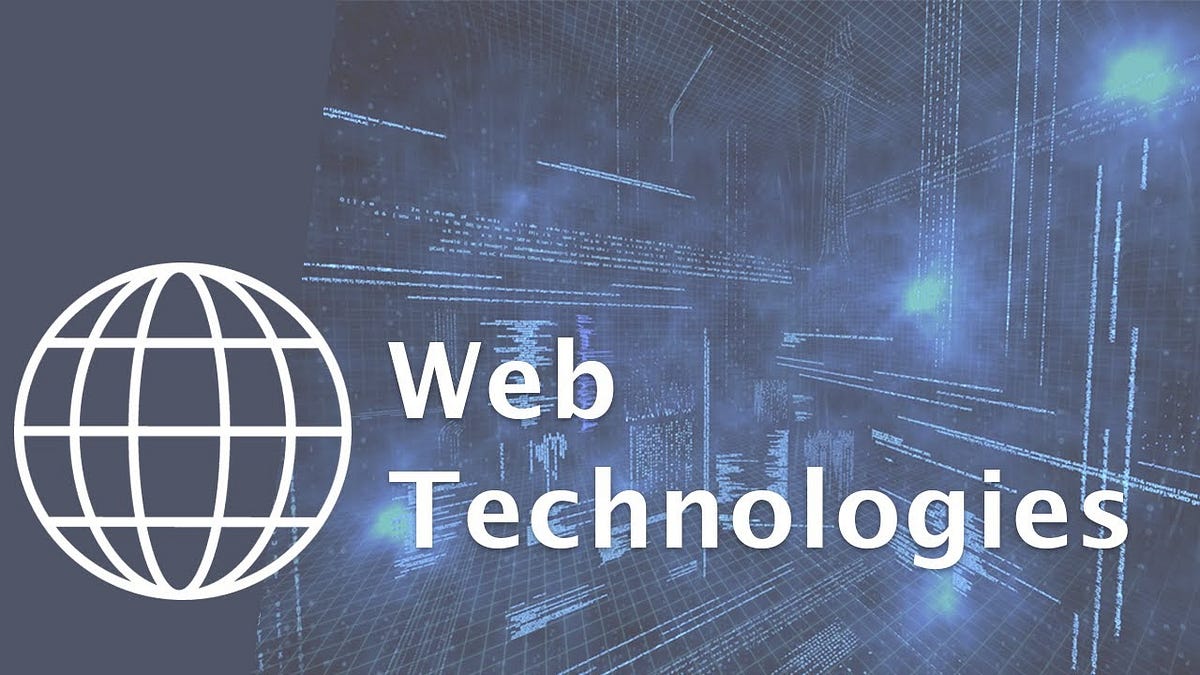
CO 1: Identify the syntax and basic usage of expressions in AngularJS.
Remember(1)
CO 2: Develop a form that includes various validation rules to ensure data integrity. Apply(3)
CO 3: To understand the designing library like Bootstrap. Understand(2)
CO 4: Describe the usage of insert and delete commands to manipulate data in MongoDB. Understand(2)

CO1: Identify the advantages of Angular JS and its MVC architecture. Remember(1)
CO2: Describe how to create and use Angular JS modules. Understand(2)
CO3: Implement controllers in Angular JS, including methods and external controller files. Apply(3)
CO4: Develop MongoDB queries to perform CRUD operations. Apply(3)
CO1: Understand the fundamental concepts and terminology associated with database
systems, including architecture, design, and various models.
Understand (2)
CO2: Explain the fundamental concepts of Entity-Relationship (ER) modeling and its
purpose in database design
Understand (2)
CO3: Apply the relational model, specify integrity constraints, and explain how to
create a relational database using an ER diagram and normalization techniques.
Apply (3)
CO4: Use knowledge to implement and manipulate database schemas, perform SQL
queries, and manage transactions and concurrency control.
Apply (3)
CO5: Determine partitioning and distribution of data across networked nodes of a
DBMS and data optimization in a distributed environment.
Analyze (4)

Course Outcomes : After completion of this course students shall be able to-
Cognitive Level (As Per Blooms Taxonomy)
CO1: Understand the basic concepts of research and its methodologies, identify appropriate research topics, select and define appropriate research problem and parameters
Remember(1)
CO2: Prepare a research proposal.
Understand (2)
CO3: Organize and conduct research in a more appropriate manner, writing research report and thesis.
Apply(3)
CO4: Carry out sampling and data analysis
Apply(3)

CO1: Understand and Utilize DML (Data Manipulation Language) and DDL
commands to create and maintain tables.
Level: Understand (2).
CO2: Develop a relational database schema for a given scenario, including tables,
relationships, and constraints.
Level: Create (6)
CO3: Utilize the DML/DDL commands and programming PL/SQL including stored
procedures, stored functions, cursors, views and Triggers for modify data.
Level: Apply (2)
CO4: Execute nested queries and perform various types of JOIN operations to
retrieve and combine data from multiple tables.
Level: Analyze (4)
CO5: Establish database connectivity and perform operations using front-end tools.
Level: Apply (2)

CO1: Recognize the characteristics, applications of big data that make it
useful to real world problems.
CO2: Discuss the challenges and their solutions in Big Data
CO3: Understand and work on Hadoop Framework and eco systems.
CO4: Explain and analyze the Big Data using Map-reduce programming in
Hadoop

CO1: Understand the activities during the project scheduling of any software
application.
Understand (2)
CO2: Understand about risk management activities and the resource allocation for the
projects
Understand (2)
CO3: Acquire knowledge and skills needed for the construction of highly reliable
software project
Apply (3)
CO4: Apply different techniques of project monitoring, control and review.
Apply (3)
CO5: Explain various project management scheduling techniques.
Analyze (4)
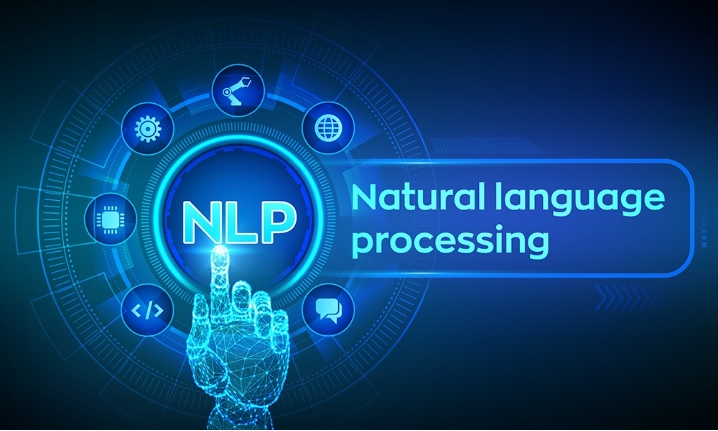
CO 1: Understand issues and challenges in Natural Language Processing and NLP applications and their relevance in the classical and modern context.
Understand (2)
CO 2: Apply text processing techniques and handle language scripts
Apply (3)
CO 3: Understand Semantic Analysis theories and approaches, including Meaning representation, Lexical Semantics, word similarity, and relationships.
Understand (2)
CO 4: Study different word classes and their roles in Part-of-Speech (POS) tagging.
Understand (2)

Course Outcomes:
CO1: Apply HDFS commands to manage file systems in a distributed environment. Apply (Level 3)
CO2: Develop Java applications for interacting with HDFS to perform file operations. Apply (3)
CO3: Utilize Hadoop's built-in commands for efficient file and directory management. Apply (Level 3)
CO4: Design and implement a pipeline of multiple MapReduce jobs for complex data workflows. Apply (3)
CO5: Formulate and execute HiveQL queries to retrieve and manipulate data stored in Hive. Apply (Level 3)

Course Outcomes :
CO1: Understand and implement the supervised learning algorithms.
Cognitive Level :Understand (2),Apply (3)
CO2: Analyze and apply the machine learning concepts for different problems.
Cognitive Level :Apply (3),Analyze (4)
CO3: Apply the clustering algorithms for various problems.
Cognitive Level :Apply (3)
CO4: Evaluate and test the performance of the learning algorithms.
Cognitive Level: Evaluate (5)
CO5: Design and create a learning model for real time applications.
Cognitive Level: Create (6)
